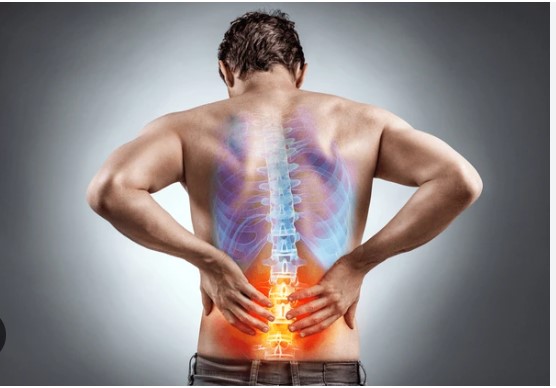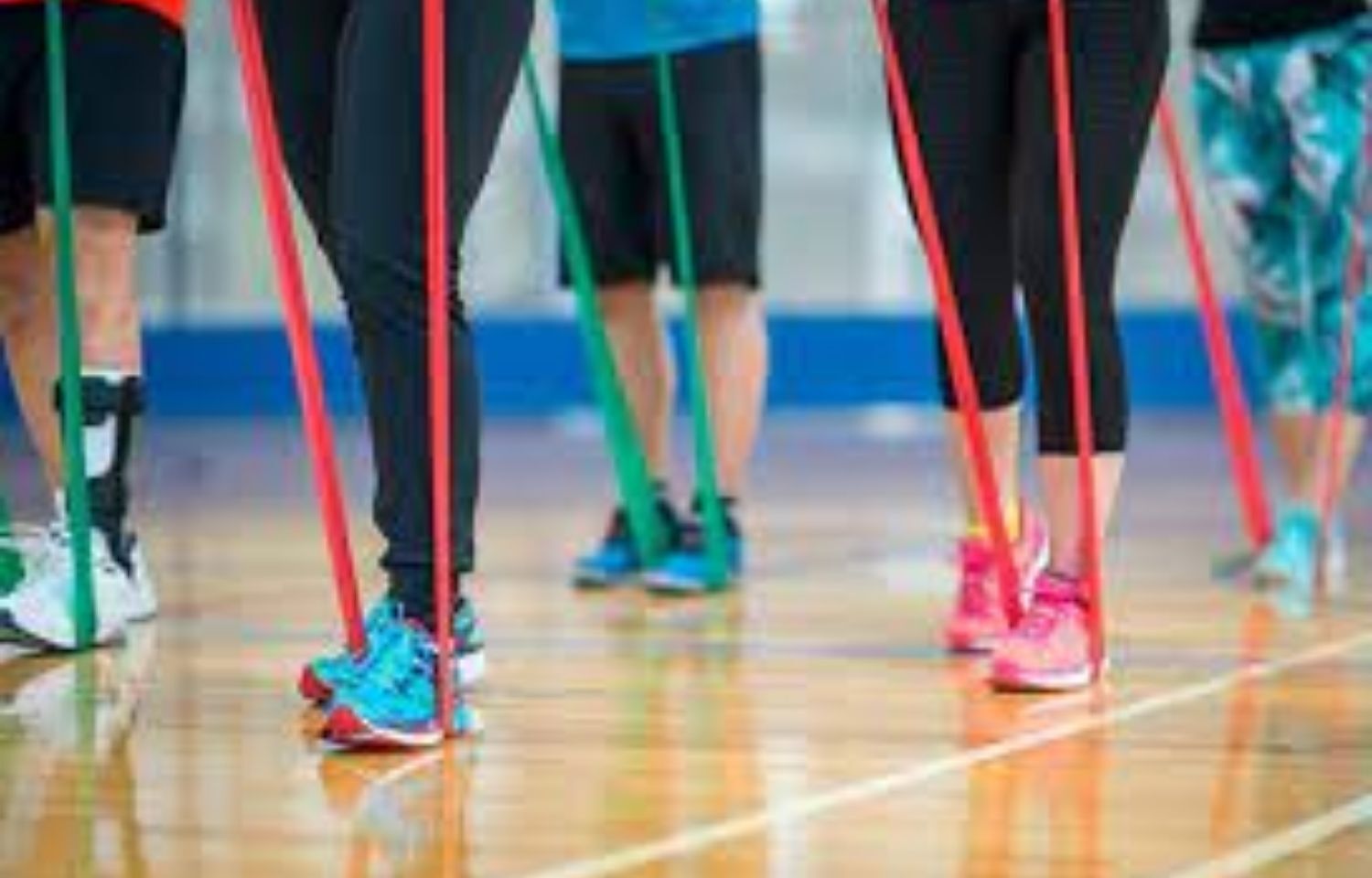Physiotherapy can relieve aches and pains
- 24 September 2015 - 12:34 PM
- Comment(s)

Many people lump physiotherapy into the same category as less proven "alternative treatments" and it's often confused with massage or chiropractic therapy. But physiotherapy is different. Could it work for you?
Here are some of the ways physiotherapy treats a variety of conditions and diseases:
- It can help bad knees
Canadian researchers at the University of Western Ontario published a landmark study showing that physiotherapy combined with medication was just as effective as arthroscopic surgery in treating osteoarthritic knees.
Physiotherapists can often remove the source of the knee pain by identifying a cause such as muscle tightness around the knee, and treating it with exercises or stretching. If the problem derives from an imbalanced gait, physiotherapists can prescribe orthotics (shoe inserts that correct alignment problems).
“Physiotherapists are very good at looking at the whole picture, while surgeons might just look at the joint,” says Dr. Robert Litchfield.
- It teaches breathing techniques
That whole-picture approach doesn’t stop with the musculoskeletal system. Physiotherapy also addresses conditions in the autonomic nervous system - the involuntary muscles and nerves that control our organs.
Patients with asthma or sleep apnea, for example, can be treated by cardiovascular physiotherapists, who may use breathing control exercises - a simple one might be blowing up a balloon or focus on improving the mobility of chest and neck muscles through stretching and strengthening programs.
- It can relieve pelvic floor disorders
One fast-growing area of practice uses physiotherapy techniques to address pelvic floor disorders, which can occur when pelvic muscles tighten, shorten or fall into spasm after pregnancy, childbirth or abdominal surgery.
“The pelvic floor muscles are involved in sexual function as well as bladder and bowel function, and they help support the spine and abdominal organs,” explains physical therapist Robin Christenson, the founder of Womanology, an integrative therapy clinic in Irvine, California.
Dysfunctions can manifest in conditions such as painful intercourse, urinary or bowel incontinence, or general abdominal or groin pain. “These problems don’t show up on MRIs or ultrasounds,” says Christenson. She typically uses a massage technique called “trigger point release” directly on the affected pelvic floor muscle to relieve the spasm. She also integrates core strengthening exercises and relaxation techniques through Pilates.
- It combats obesity
Another burgeoning field is “lifestyle” physiotherapy, such as preventive health care and management of chronic pain.
Winnipeg physiotherapist Lia Arniel often works in conjunction with physicians to treat obese patients, in part by making it easier for them to exercise. She educates them about the physical impact that excess weight has on the musculoskeletal system - the physical backbone of our bodies.
In addition to addressing problems such as sore knees and tendonitis through traditional physiotherapy techniques, physiotherapists can design personalized exercise programs that won’t overtax vulnerable joints. Even something as simple as helping patients select shoes with the right support and conditioning can help to get sedentary patients moving again. Similar principles apply when working with patients whose mobility has declined due to aging or the side effects of chemotherapy.
- It can relieve chronic pain
Depending on the cause, a program of physiotherapy can ease chronic pain by strengthening the muscles that surround painful joints or muscles. A Danish study of women with osteoporosis whose chronic pain was linked to spinal compression fractures found that patients used significantly less pain medication and reported improved quality of life after just 10 weeks of a physiotherapy program designed to improve balance and stabilize the lumbar spine.
- It can cure back pain
Problems such as poor posture, muscle strain or arthritis can cause back pain. Treatment will depend on the source of the problem, but some common principles apply.
Paul VanWiechen, director of exercise physiology at the Cleveland Clinic Canada in Toronto, advises a three-fold approach: weight management (to reduce stress on joints), muscle strengthening (to improve mobility and reduce recurrence) and “re-patterning” of muscles. That involves changing the coordination of all the muscles in a particular area, usually through a series of dynamic exercises. “There are about two dozen muscles in and around the lower back that really matter,” he explains. “Strengthening two or three doesn’t have as much of an effect as teaching all 24 how to work together.”
This article was originally titled "A Hands-On Approach," in the September 2009 issue of Best Health.




Leave Comments